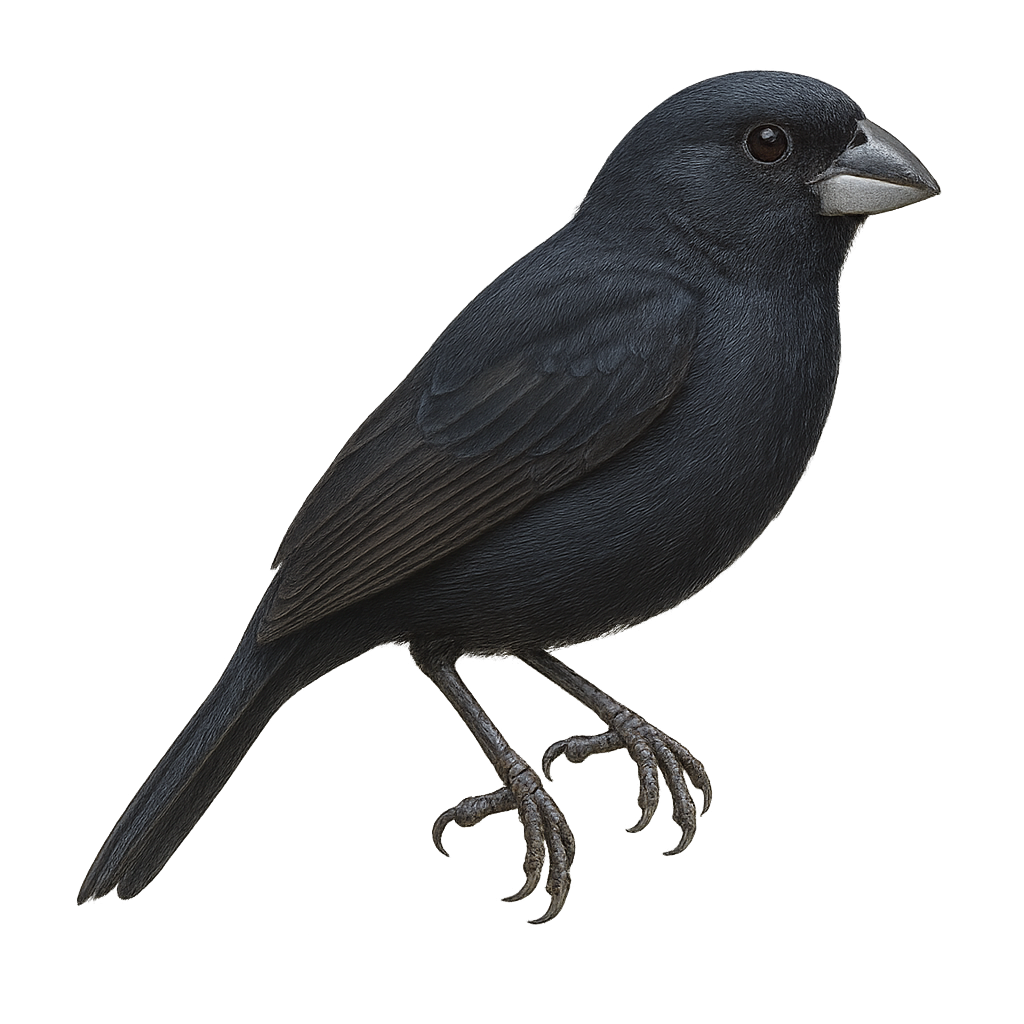Your wildlife photography guide.
Explore the slate-colored seedeater in detail, study its behavior, prepare your shots.
Where to observe and photograph the slate-colored seedeater in the wild
Learn where and when to spot the slate-colored seedeater in the wild, how to identify the species based on distinctive features, and what natural environments it inhabits. The WildlifePhotographer app offers tailored photography tips that reflect the slate-colored seedeater’s behavior, helping you capture better wildlife images. Explore the full species profile for key information including description, habitat, active periods, and approach techniques.
Slate-colored Seedeater
Scientific name: Sporophila funerea

IUCN Status: Least Concern
Family: THRAUPIDAE
Group: Birds
Sensitivity to human approach: Suspicious
Minimum approach distance: 5 m
Courtship display: May to June
Incubation: 12-14 jours
Hatchings: May to July
Habitat:
Grasslands, agricultural areas, forest edges
Activity period :
Primarily active during the day, with peak activity in the morning and late afternoon.
Identification and description:
The Slate-colored Seedeater, or Sporophila funerea, is a small seed-eating bird found primarily in Central America, particularly in Costa Rica and Panama. Its plumage is mostly slate-colored, with lighter shades on the belly. Males and females exhibit sexual dimorphism, with females having browner tones. This bird prefers open habitats such as grasslands and agricultural areas, where it primarily feeds on seeds. It is often seen in small groups, especially outside the breeding season. Although its song is subtle, it plays an important role in communication between individuals.
Recommended lens:
400 mm – adjust based on distance, desired framing (portrait or habitat), and approach conditions.
Photography tips:
To photograph the Slate-colored Seedeater, it is advisable to use a 400mm lens or longer to capture detailed images without disturbing the bird. Look for it in grasslands or agricultural areas early in the morning when the light is soft and activity is high. Be patient and discreet, as this bird can be suspicious. Use a tripod to stabilize your camera and achieve sharp shots.
The WildlifePhotographer App is coming soon!
Be the first to explore the best nature spots, track rutting seasons, log your observations, and observe more wildlife.
Already 1 439 wildlife lovers subscribed worldwide

